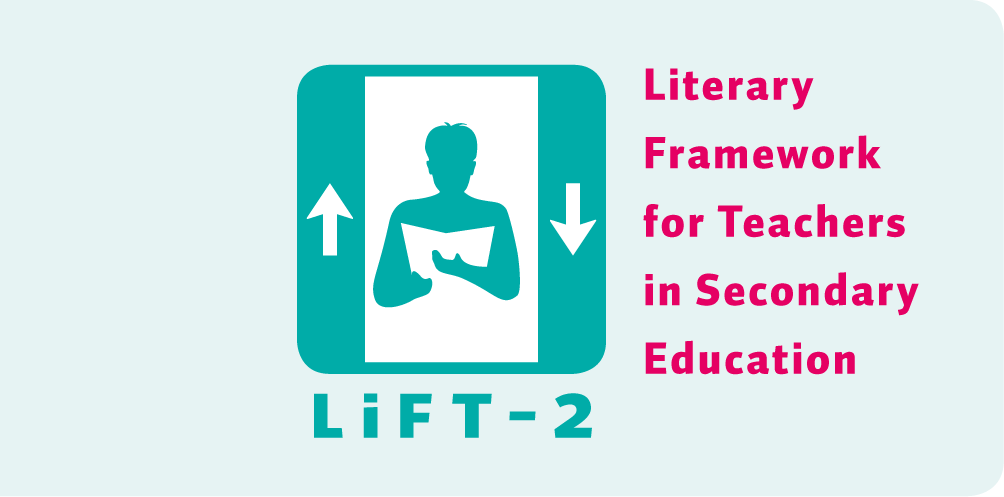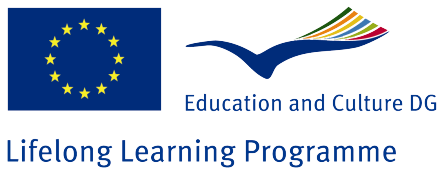Level 4»5: From interpretive reading to interpretive readings in context
| Transition 5.1 | From a text oriented interpretation to relating to broader contexts | |
|---|---|---|
| Focus | Contextualised interpretation | |
| Goals | Teacher activities | Student activities |
| Can place texts in historical context and in the context of literary movements on the basis of narrative styles and features. | Suggest/select readings about literary history and literary movements. | Suggest/select readings about literary history and literary movements. |
| Relate texts to a variety of contexts including history/literary history, the arts, philosophy, politics. | Challenge students to do their own research and ask questions about the wider context in which a book was written, and supports them in this. | Research on the context of production of the text. |
| Explore intertextual relations. | Provide students with different texts and asks them to find links between them. | Read different texts to compare them and interpret literature from the point of view of different contexts (e.g. mythology, philosophy, politics and poetry, etc.). |
| Transition 5.2 | From developing an interpretation to the consideration of ambiguity and polyvalence | |
| Focus | Ambiguity as a feature of text and interpretation | |
| Goals | Teacher activities | Student activities |
| Consider in the reading the ambiguities and the symbolic plan. | Present controversial readings of the same texts. | Analyse motifs, poetic expression, polyvalence and symbols. |
| Evaluate the effects of ambiguity and symbolic uses. | Provide elements for debate about possible meanings. | Formulate judgments on consequences of the use of ambiguity and symbols. |



